Explanation
The 4 km valley between the entrance of Gayasan Mountain National Park entrance and Haeinsa Temple is called Hongryudonggyegok Valley. It was named so because the leaves turn so crimson that the water of the valley reflects the color and appears crimson as well. This is the place where Chi-Won Choe, after returning from Dang China to Silla (BC 57-AD 935) found Korea in disarray. It was too much to bear for him so he retired to live privately with poetry until his death.
There are 19 famous places in Hongryudonggyegok Valley, including major cultural assets like Jongsangjeong Pavilion, Nakhwadam, and Bunokpok. The scenery of Nongsanjeong Pavilion, where Chi-Won Choe read poetry and played baduk, is especially beautiful. On the opposite side is a rock where you can see the handwring of Chi-Won Choe. The Yongmunpokpo Falls, located on the north end of the valley, has beautiful scenery with its harmonious blend of falling water and Giamgoiseok (fantastic rocks and stones).
The scenery of Hongryudonggyegok Valley changes every season, and it is the finest part of Gayasan Mountain. It is famous for the azaleas in full bloom during the spring, and for the thousand-year-old pine trees and broad-leaved trees growing thickly throughout the valley and the cool, clear water that runs through it during the summer. In the fall, the nearby pine tree forests and broad-leaved trees tinge in color and accentuate the crimson foliage of autumnal leaves, making the crimson reflection of the leaves in the valley water look like a rising flame, and shows why the valley was named Hongryudonggyegok Valley.
Inquiry
+82-55-930-8000
Homepage
gaya.knps.or.kr (Korean, English, Chinese, Japanese)
Information Use
Contact and Information : • 1330 Travel Hotline: +82-55-1330
(Korean, English, Japanese, Chinese)
• For more info: +82-55-930-8000
Parking facilities : Available
Day off : N/A (Open all year round)
More information
Admission Fees
Free
※ Admission for cultural assets not included.
Restrooms
Available
Location
1502-9, Gayasan-ro, Gaya-myeon, Hapcheon-gun, Gyeongsangnam-do


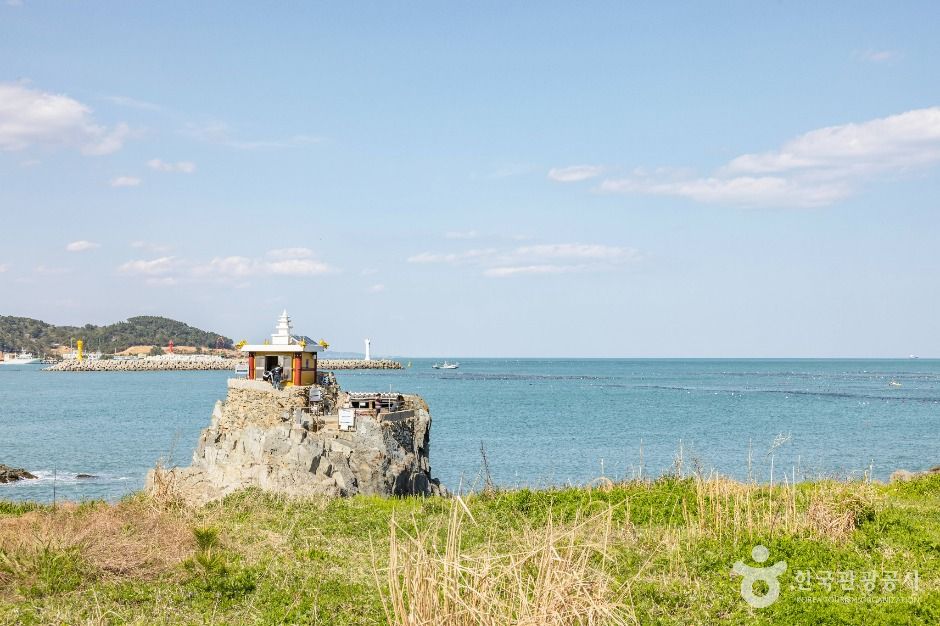
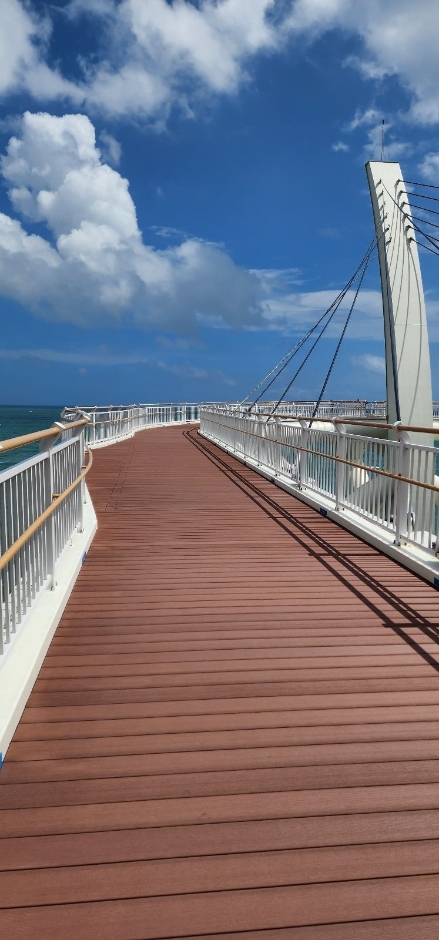
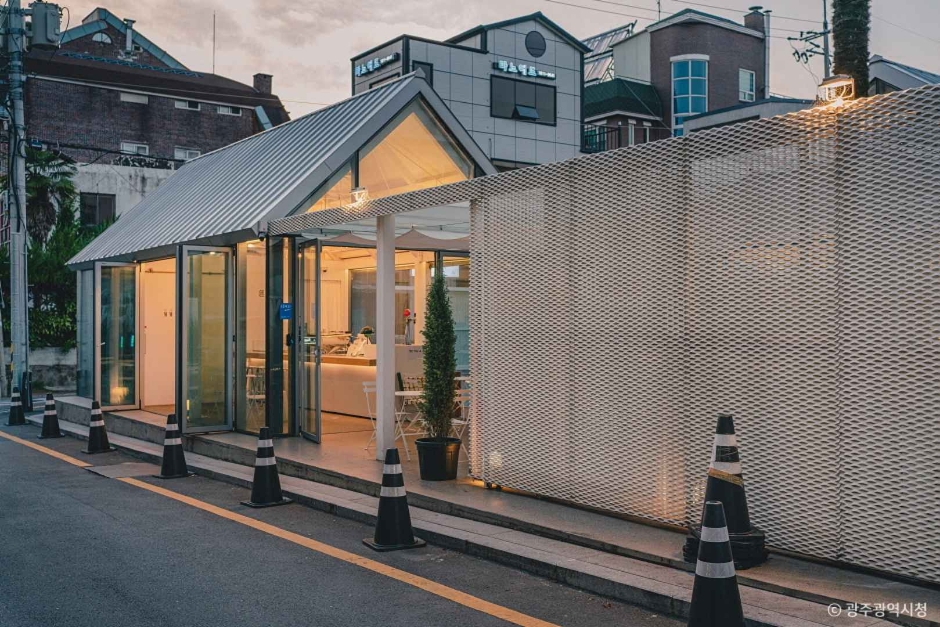
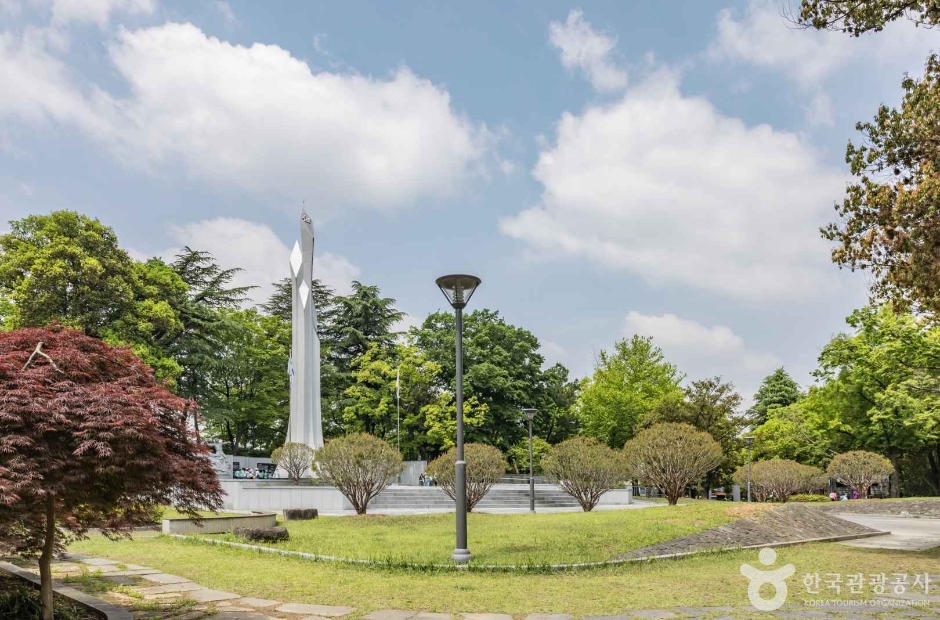
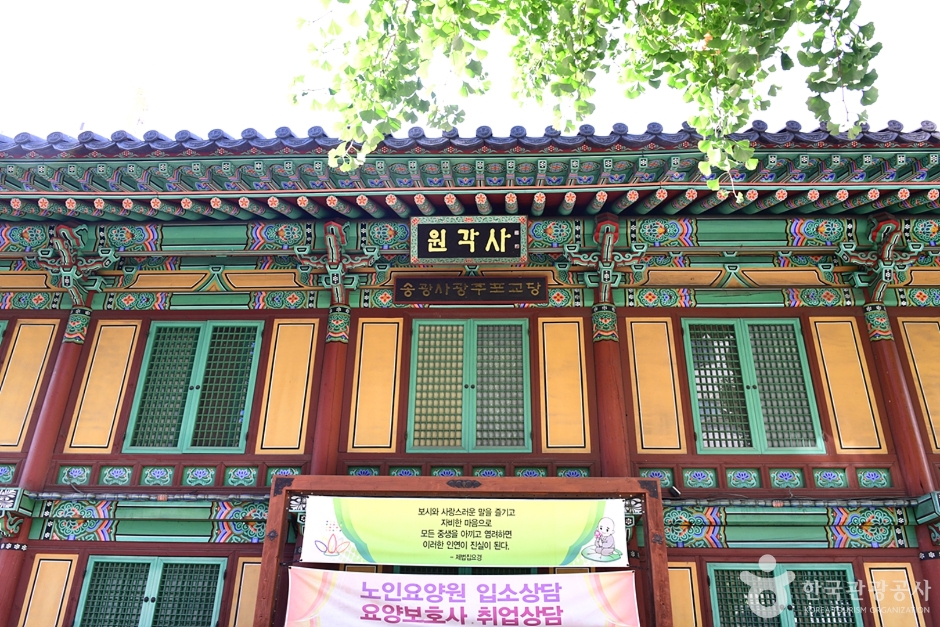
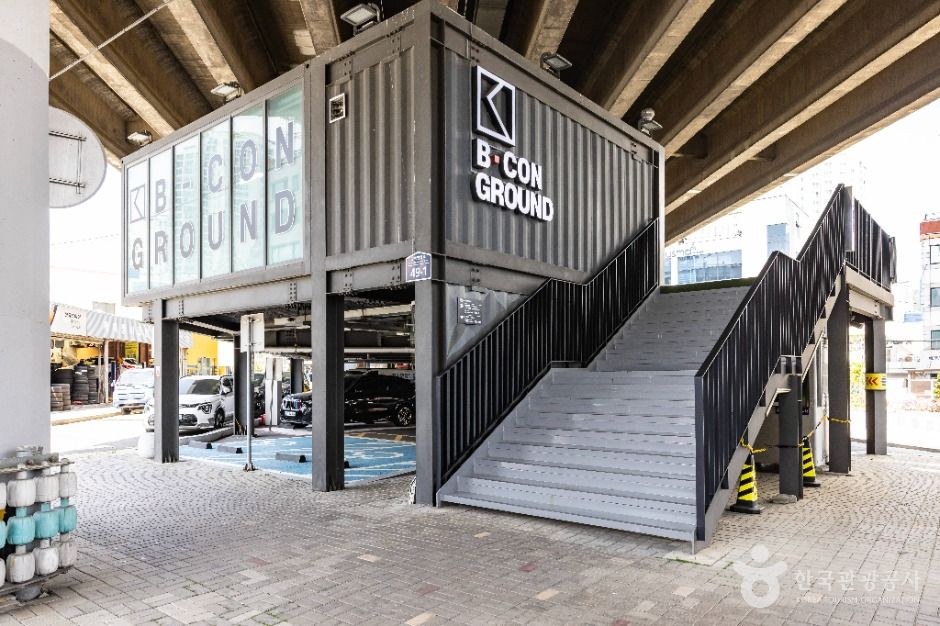

 English
English
 한국어
한국어 日本語
日本語 中文(简体)
中文(简体) Deutsch
Deutsch Français
Français Español
Español Русский
Русский